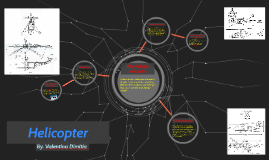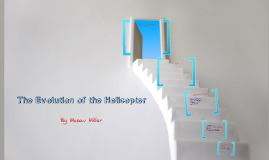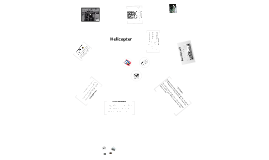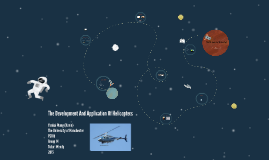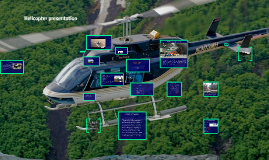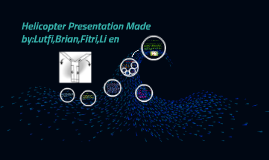Helicopter presentation
Transcript: The accident helicopter was a Bell 206B Jet Ranger and was manufactured in 1974 by the Bell Helicopter Company in Texas, United States. Since then, the helicopter had about 16 500 total hours in service. The helicopter then carried out a low-level visual inspection of high-voltage electrical power lines that passed through the suburban areas of Cranbrook. At about 1306, as the helicopter was flying southbound at about 120 feet above the ground, a sudden loss of engine power occurred causing rapid loss of rotor rpm. The helicopter descended quickly and landed heavily on a paved street below the flight path. The helicopter struck a pedestrian on the sidewalk adjacent to the impact point, as well as a motor vehicle travelling west on the street. Sources For fun video :) several operational conditions existed to present the pilot with agreater- than-usual challenge for an emergency landing following the loss of engine power,namely: Obstruction on the final flight path low height above the terrain low rotor rpm; and short time frame. Other findings : The cause of the loss of engine power was not determined; it is possible that a mechanical event with the fuel control unit or the power turbine governor occurred, or fuel starvation, or some combination of these. During the last two seconds of flight, the helicopter descended almost vertically to the street in a nose-up, left-side-down attitude. The tail boom stinger and tail rotor blades struck the ground first, causing the tail rotor gearbox section to break off. The crash day At the crash site Crew: 1 passengers: 4 propulsion: 1 Turboshaft engine engine model: Allison 250-C20B engine power: 420 shp speed: 241 km/h Rotor Blades (main/tail): 2/2 Empty Weight: 730 kg Bighorn Helicopters Inc. revised its operational practices regarding low-altitude flight and introduced a higher level of internal oversight. Additionally, it embarked upon a dedicated safety management system. Safety actions Not the same helicopter just for action A helicopter comprises three major parts — the engine(s) including related systems, the rotor system drive train, and the airframe with its related systems. It can be reasonably argued that few airframe failures can cause a helicopter turbine engine to lose power or stop. Despite the destruction of much of the helicopter, critical components did survive, and no evidence was found that an airframe or drive train event caused the engine to lose power. The crash day! Aircraft Information Pictures of the crash Helicopter presentation Aircraft specifications Thank you Helicopter Crash The Bell 206 JetRanger is a single-engine five-seat light utility helicopter. Possible failure causes The helicopter broke into several pieces and burst into flames. The three occupants of the helicopter and the pedestrian were fatally injured at impact. The motor vehicle was damaged but its occupant was uninjured. The helicopter was destroyed by an intense fuel-fed, post-crash fire. The emergency locator transmitter (ELT) was consumed by the fire and it is unknown if it transmitted a signal. The accident site is located within the city of Cranbrook at latitude 49o29'56" N and longitude 115o45'40" W, at an elevation of about 3100 feet above mean sea level. A loss of engine power is the result of either pilot action or mechanical event. A pilot can roll off the throttle or close the firewall fuel valve, but given the low profile of the accident flight, there is no scenario in such flight conditions to cause an experienced pilot to do so, with one exception — a complete loss of tail rotor thrust. The tail boom and tail rotor survived the accident and an examination revealed no tail rotor anomaly. Accordingly, it is unlikely that deliberate pilot action precipitated the engine power loss. At 12:09 mountain day light time, Helicopter C-GCHE took off from Bighorn Helicopters heliport on the outskirts Cranbrook, British colombia, with the pilot and two passengers on board. Since the accident, Transport Canada (TC) crafted a logic chart for pilots and operators to guide them in correct decision making regarding the minimum altitudes and distances over built-up areas prescribed by the Canadian Aviation Regulations (CARs). Picture of the Helicopter moments before the crash 13 May , 2008 That's all!!! specifications: http://www.vancouversun.com/pdf/Choppercrash.pdf http://www.tsb.gc.ca/eng/rapports-reports/aviation/2008/a08p0125/a08p0125.asp http://summithelicopters.ca/fleet/ Loss of engine power






